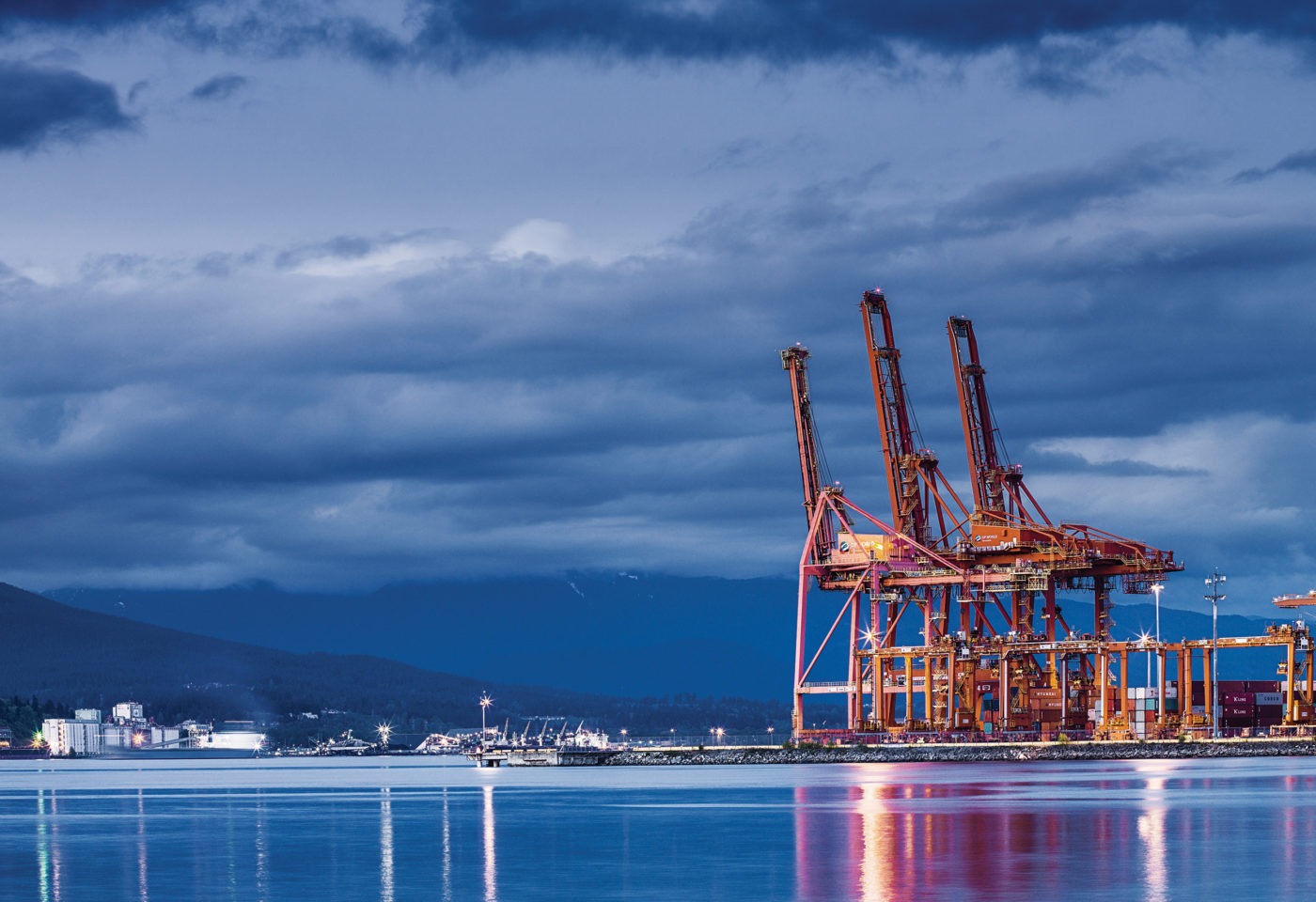Author: Carlo Dade
The Pacific Alliance is an important new opportunity for Canada to diversify trade and access economic opportunities in the wider Pacific that includes Asia. Joining the Alliance has the potential to immediately grow and diversify Canada’s trade. It will also position Canadian companies ahead of their competitors in a market composed of the fastest growing, richest, most dynamic and like-minded countries in the Americas.
For western Canada, the Pacific Alliance is an important market in which companies could have privileged access for establishing regional supply chains to trade with Asia and for natural resource development. For small and mid-sized companies, the Pacific Alliance offers a sophisticated and lower-risk entry point for expanding abroad.
The Pacific Alliance is an initiative by Chile, Peru, Colombia and Mexico to seamlessly link their economies to better trade with each other and with Asia. These four countries have a combined GDP of just under $3 trillion US, an average per capita GDP of close to $14,000 US and average annual growth above 5 per cent, compared to 1.7 per cent in the U.S. and negative rates in most of Europe. The bloc formed by Chile, Peru, Colombia and Mexico has over a third of Latin America’s population and would be the world’s ninth largest economy and is essentially the fifth BRIC.
The Pacific Alliance countries are attractive markets because they are mature democracies with sound macro-economic fundamentals and they all rank in the top third of the World Bank’s Ease of Doing Business Index. Chile and Mexico are members of the OECD and Colombia will likely join soon. As other trade blocs such as the EU, Mercosur (Argentina, Brazil, Paraguay, and Uruguay) and NAFTA have faltered or gone backwards, the Pacific Alliance has progressed due to a pragmatic focus on competitiveness issues over politics. The bloc is implementing a “platinum standard” agenda of regulatory reforms and economic liberalization that should make it among the most competitive trading areas in the world. The bloc’s strong long-term political stability and macroeconomic environment make it attractive for Canadian firms to build or join regional supply chains and as a second platform, in addition to North America, for trade with Asia.
